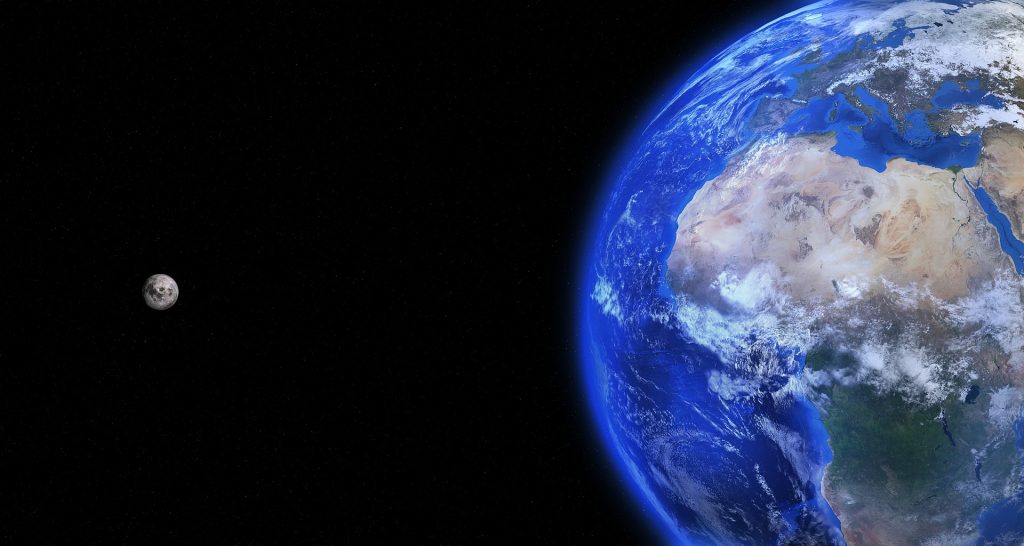This article was initially distributed at The Discussion. The distribution contributed the article to Space.com’s Master Voices: Commentary and Experiences.
Guillaume Paris, Géochimiste, chargé de recherche CNRS au Center de recherches pétrographiques et géochimiques de Nancy, Université de Lorraine
Laurette Piani, Cosmochimiste, chargée de recherche CNRS au Center de Recherches Pétrographiques et Géochimiques (CRPG) de Nancy, CNRS, Université de Lorraine
Seen from space, the Earth is blue. The Earth has been blue for more than 4 billion years in view of the fluid water on its surface. How has the Earth figured out how to support fluid water on its surface for so long?
There is just one known planet with lasting groups of fluid water at its surface: our own. Studies of the planet permit us to clarify why the Earth has quite often been blue: it’s neither too warm nor excessively cold. On the off chance that the Earth was first red and dark, it has been blue for in excess of 4 billion years, with uncommon exemptions when it got excessively cold and transformed into a white snowball.
This mind boggling trademark is because of the connections of the water cycle with plate tectonics and the nursery impact, just as the arrangement of the nearby planetary group. Today, Earth’s normal surface temperature is about 15°C, colder than Venus (465 °C) and hotter than Mars (- 60 °C overall). On Earth, adrift level, water freezes underneath 0°C and bubbles at 100°C. Earth’s surface is hence kept inside a temperature range that may appear enormous to us, however is entirely limited when contrasted and different planets, and it has remained so for billions of years.
The normal temperature on a planet’s surface relies upon the association of three boundaries that can differ generally starting with one planet then onto the next:
The energy showing up from the Sun.
The albedo of the surface, which means the amount it reflects sun-based radiation away.
Ozone-depleting substances, which trap sun-based radiation inside Earth’s environment. Without ozone harming substances, Earth’s surface would be at a temperature around – 15°C and most likely without fluid water.

Associations between daylight, albedo, and ozone-depleting substances have kept a genuinely steady energy balance since the primary seas showed up on Earth.
Right off the bat in the World’s set of experiences, the youthful Sun was less brilliant and our planet got less energy from it. Nonetheless, levels of ozone harming substances, for example, CO2 and methane were a lot higher than today, which kept up surface temperatures sufficiently high for water to be fluid.
The nursery impact diminished over the long run since CO2 can be taken out from the environment by two cycles. To begin with, the acidifying impact of CO2 broke up in surface waters makes rocks break down, which discharges calcium. Calcium consolidates with the broke down CO2 to frame carbonate shakes like limestone, one of the principle carbon sinks.
The subsequent sink is natural carbon put away in sedimentary rocks. Creatures ashore and in the sea use CO2 to assemble natural matter during photosynthesis, a part of which is saved at the lower part of the sea when the organic entities kick the bucket. There, the natural matter is fused into sedimentary rocks, where it very well may be put away for a long period of time.
 Login as
Login as






